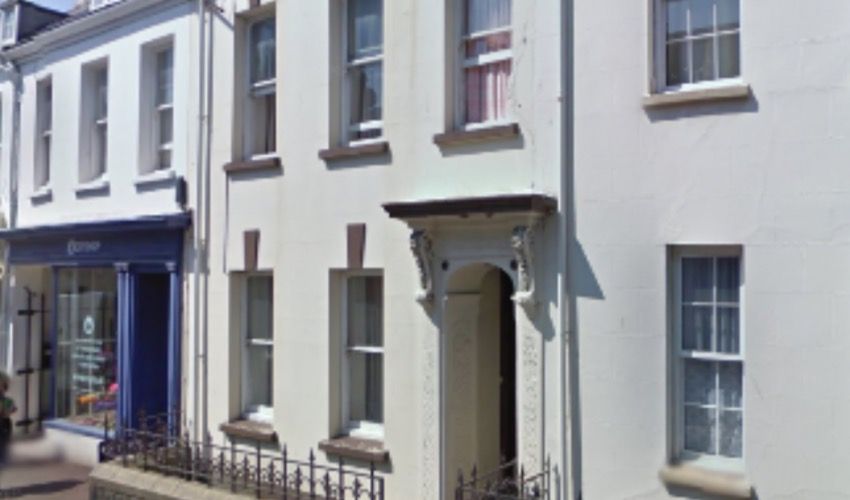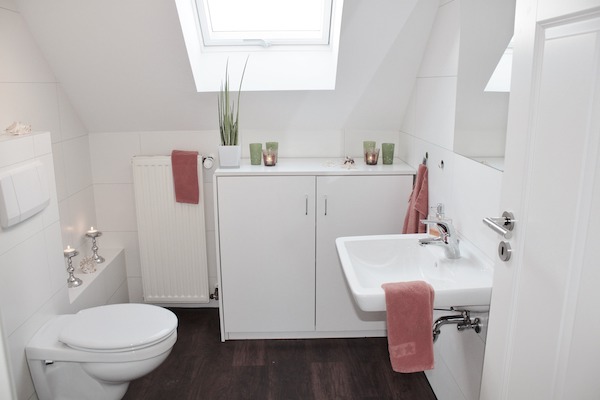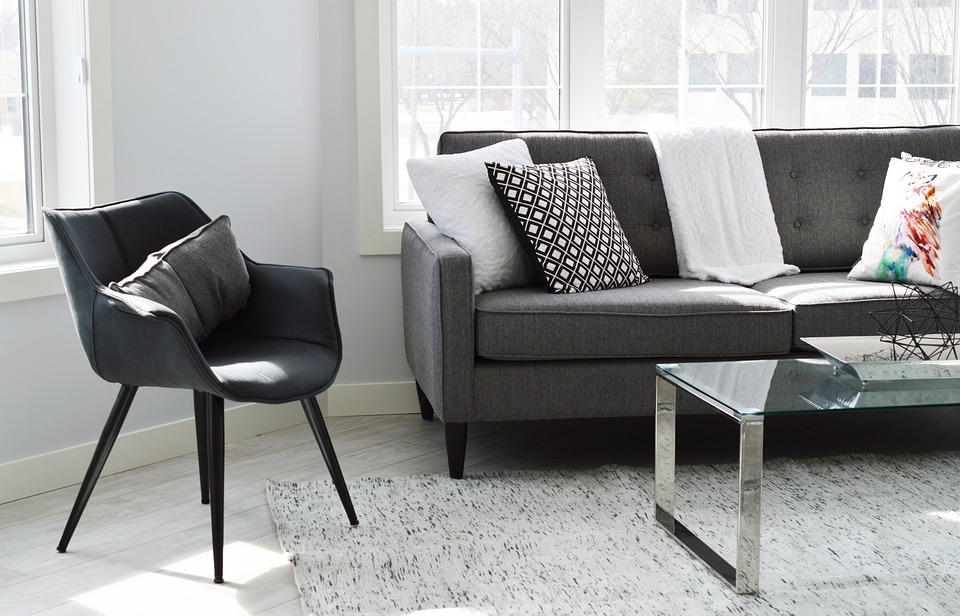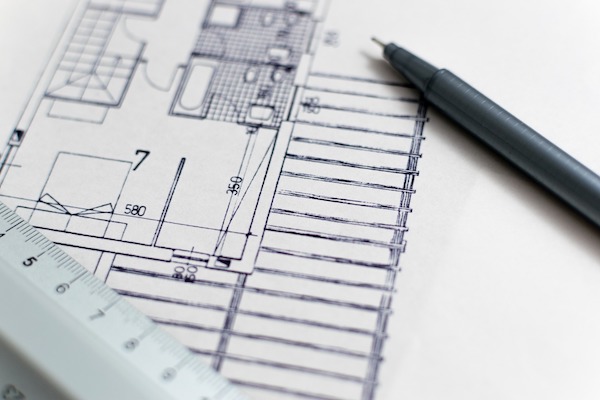

An 1820s property that previously served as a 10-unit lodging house could be turned into five flats, if plans for a conversion aiming to reverse “years of decline and lack of investment” are approved.
Located at 44 New Street, the townhouse is said to have suffered from a lack of maintenance over recent years, leaving it in “quite a poor standard of condition.”
The two-storey ‘townhouse’ is understood to have been constructed in the 1820s and is a Grade 3 Listed building. The application site also includes a two-storey outshot extension at the back, as well as a rear two-storey cottage.
However, as the design statement compiled by Origin Architecture Studio, noted: “The existing building is in major need of investment to curtail the years of maintenance neglect, to reinstate the weathering envelope.”
Pictured: The townhouse is located at 44 New Street.
It continued that the state of the house is such that the central wall located inside has suffered “significant collapse." The architects explained that the building has suffered “considerable movement at its foundation line along the central spine stair wall,” leading to the appearance of cracks through the wall all the way up while the stair has dropped on one side and is now “considerably off level.”
“This section of the building will require to be reconstructed to reinstate the structural integrity of the walls the central stair and the roof,” the architects noted.
There are also signs of water penetration within the cottage and extension, as well as in the main roof where ceilings have discoloured and look in part unstable.
The internal layout of the building, which the architects described as “fragmented”, consists of 10 units of lodging accommodation - the majority of which are bedsits that do not meet current standards of living or building standards.

Pictured: There are a number of bathrooms in the building, but no kitchen.
There are a number of bathrooms in the building but only “quasi kitchen spaces” inside the individual rooms, and no communal facilities providing the shared cooking provision associated with traditional accommodation.
The architects said this will require modification “to bring the building up to today’s standards both for the safety and enjoyment of its inhabitants and for the longevity of the building into the future.”
Their proposals include remodelling the existing floor levels and internal arrangement “to reconfigure the available accommodation to minimise disruption to the existing building, whist achieving appropriate residential units.”
The ground and first floor would be turned into a single unit, by removing some of the walls. On the second floor, within the main house attic space, they are proposing to reconfigure the existing internal accommodation to create a single unit. These three units will share the existing communal circulation stair.

Pictured: The proposals suggest reorganising the layout to turn the 10 lodging units into five flats.
Further work will be carried in the outshot extension to connect it to the ground floor communal hallway “more functionally.” The two floors will be converted into a two-bedroom apartment, closing off the existing first floor connection to the communal stairwell.
The rear cottage would be expanded at the ground floor to utilise the wasted space of the rear pedestrian access thoroughfare, bringing this into the ground floor kitchen living space. The first floor will remain as a bedroom and bathroom.
Alongside these proposals, the architects are suggesting to remove the “extraneous ad-hoc structures” in the courtyard to provide amenity space for both the extension and the cottage.
The plans, the architects wrote, would "reinstate a beneficial use of the building back to the residential sector, reversing years of decline and lack of investment", while "safeguarding that heritage asset", adding that this would be in accordance with Planning Policies.

Pictured: The building needs to be reconfigured to be brought up to today’s standards.
“The proposed configuration has taken its directive from the existing building and this influence has defined how best the building can accommodate change and pro-actively determine the building’s future,” they added.
“The accommodation has been best inserted into the fabric of the existing to ensure the minimum disruption to the main elements of the existing listed building.”
The Planning Department is yet to make its determination.
Comments
Comments on this story express the views of the commentator only, not Bailiwick Publishing. We are unable to guarantee the accuracy of any of those comments.